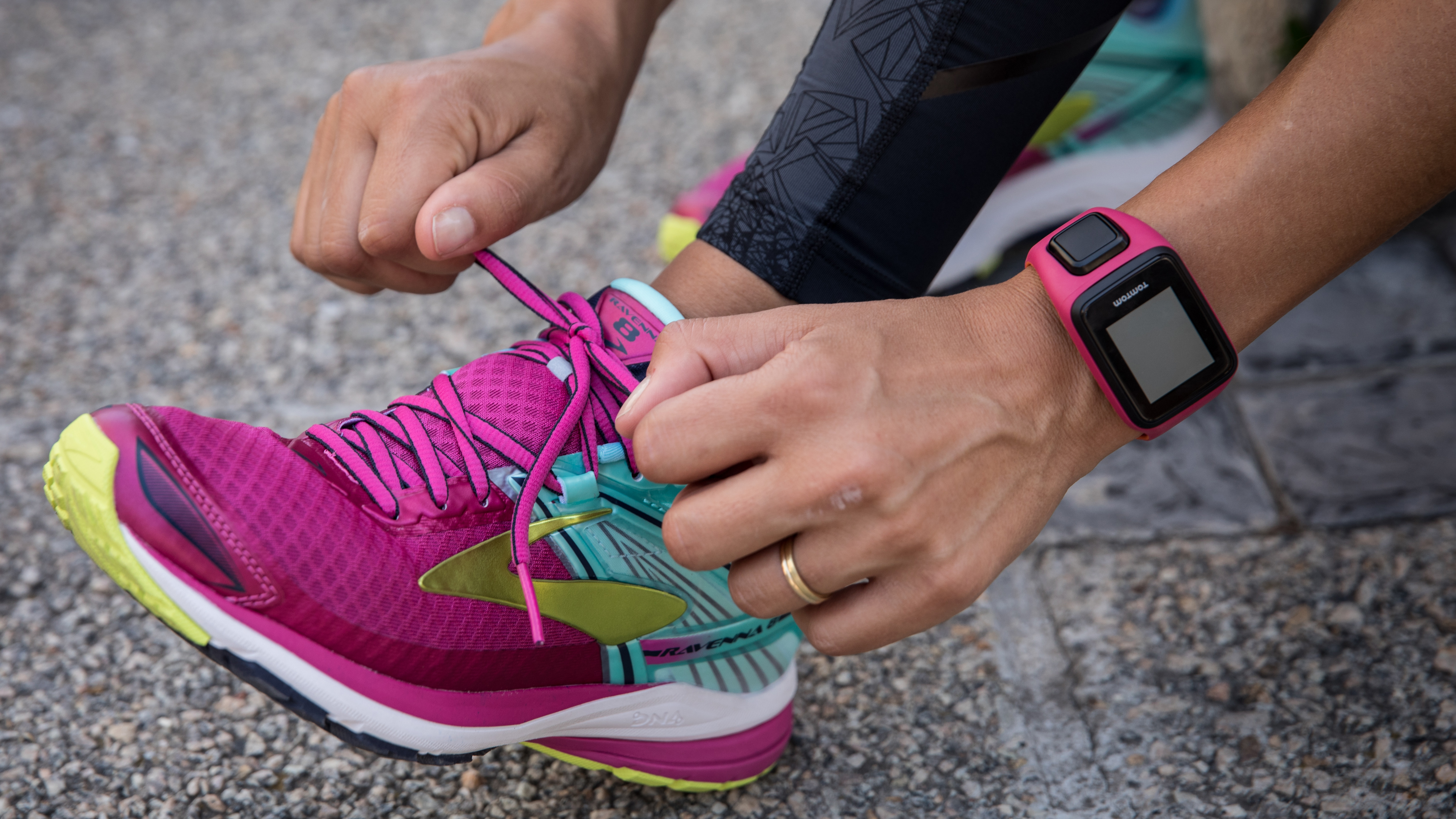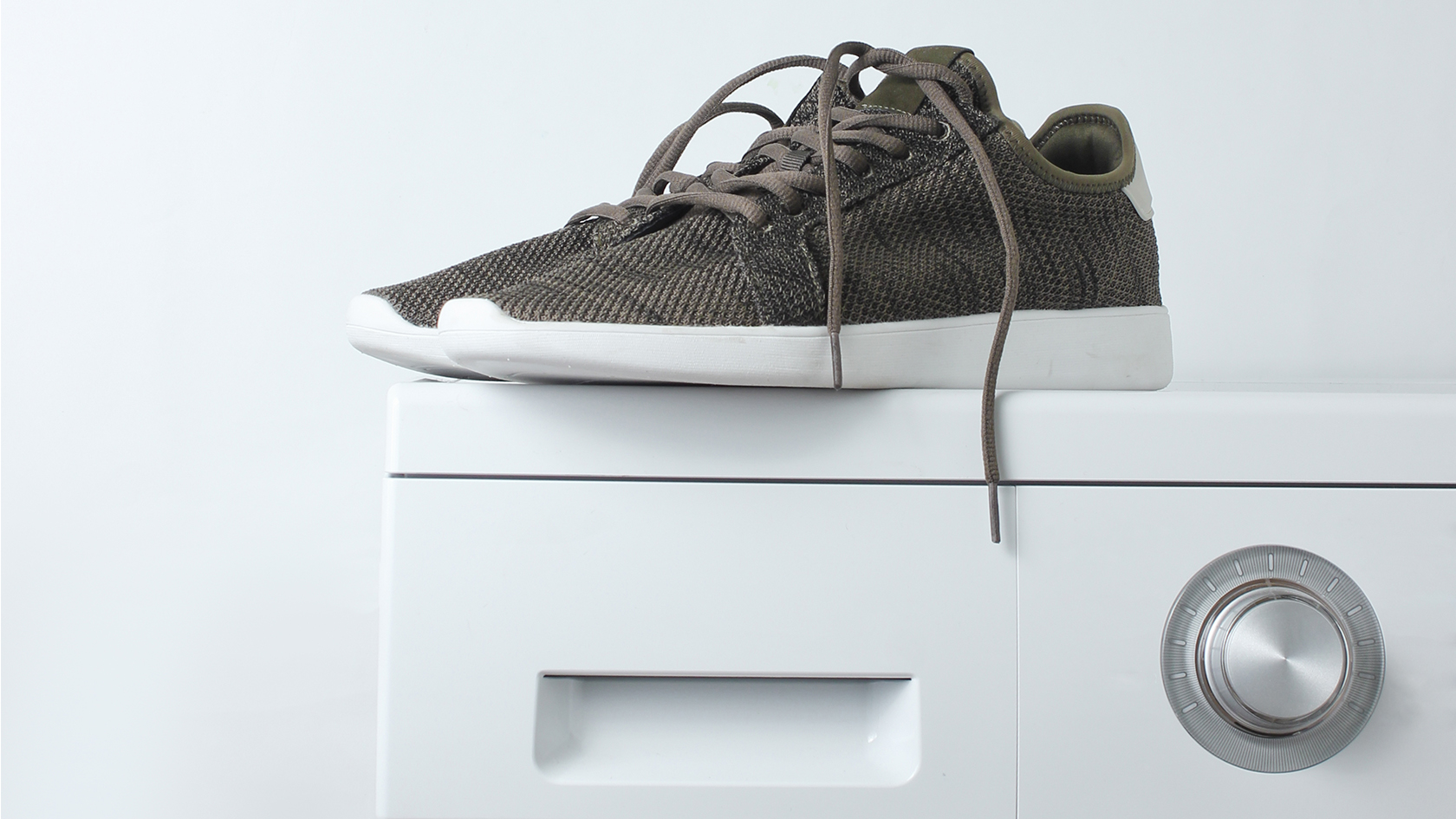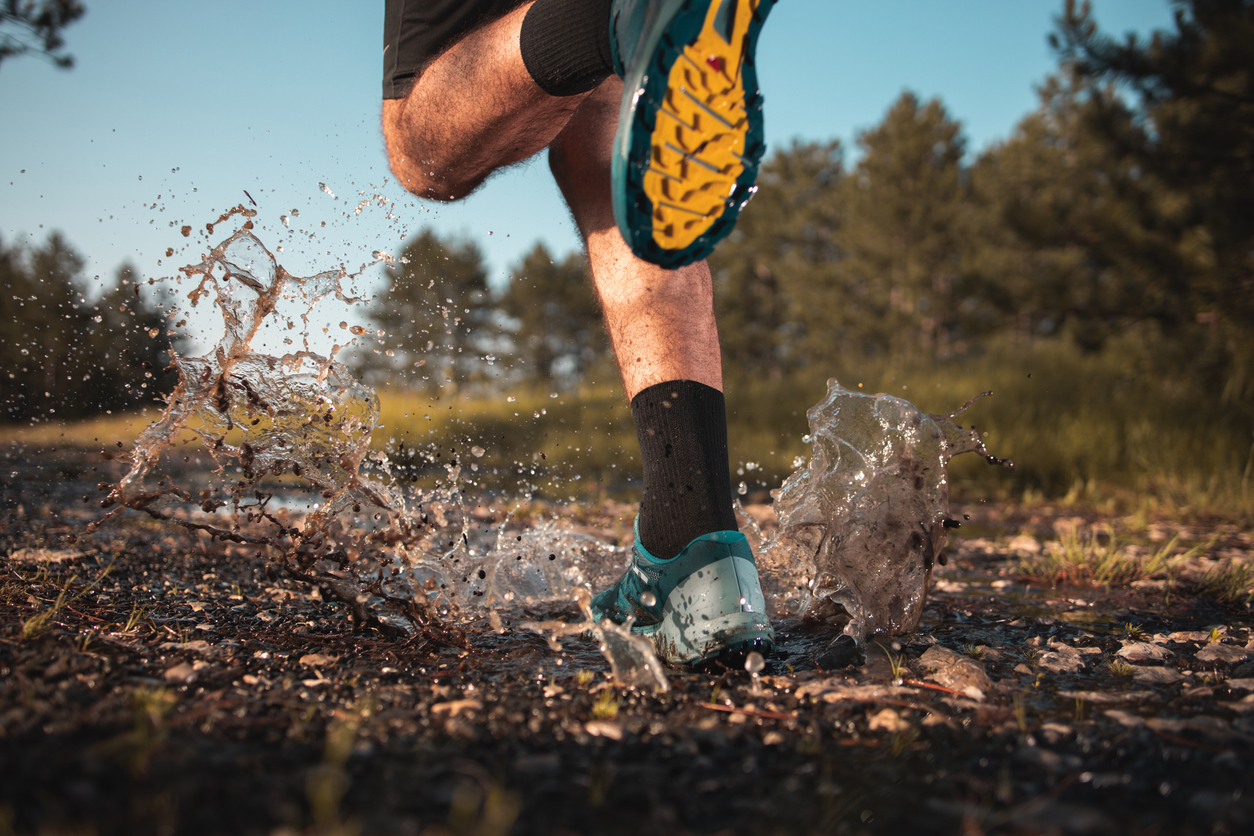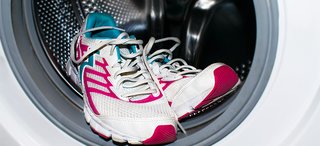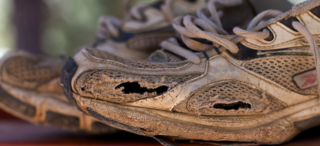Running Shoes Care Guide
Buying a new pair of running shoes is a great feeling, but it’s not often long until they become muddy, dirty, and worn-in; whether that’s from the hard impact of road running or the unpredictable terrain of trail running. As much as this can’t be helped to a great extent, there are ways in which we can reduce the impact of damage so that they last as long as possible. Investing in a good quality pair of runners and making sure they stay in tip-top condition for as long as possible is not only better for your wallet, but the environment too.
Rotate Between Two Pairs
Buying two pairs of running shoes at once can feel like a big investment, but rotating between them is a smart strategy for both your wallet and your running performance.
When you alternate between two pairs:
- Both pairs last longer: Giving each pair time to rest allows the midsole foam to decompress fully, reducing wear and tear and extending the lifespan of each shoe.
- Shoes recover between runs: Just like your body benefits from rest days, shoes also need time to recover. This helps maintain their cushioning and support.
- Reduces injury risk: Switching shoes changes the stress on your feet and legs, which can lower the risk of repetitive stress injuries.
- Saves money in the long run: Although the upfront cost is higher, you won’t need to replace your shoes as often, making it more economical over time.
By rotating between two pairs, you avoid wearing down a single pair too quickly, keep your shoes fresher for longer, and help protect yourself from overuse injuries. This simple habit can make a noticeable difference in your running comfort, performance, and budget.
Only Wear Them For Running
Running shoes are designed specifically to support your feet during running, providing cushioning, stability, and shock absorption tailored to that activity. Because of their comfort and support, many people are tempted to wear running shoes for all their daily activities. However, to keep your running shoes performing well and lasting longer, it’s best to reserve them exclusively for running.
Why You Should Limit Running Shoes to Running
- Preserve Cushioning and Support: Running shoes are engineered to withstand a certain mileage (typically 300 to 500 miles). Wearing them all day accelerates the breakdown of cushioning and support materials, which reduces their effectiveness during runs.
- Prevent Premature Wear: Daily activities like walking, standing, or casual use cause different types of wear—such as twisting and lateral movements—that running shoes aren’t designed for. This leads to faster sole wear and midsole compression.
- Avoid Posture and Biomechanics Issues: Running shoes promote a running-specific foot motion that isn’t ideal for everyday walking or standing. Wearing them constantly can negatively affect your posture and gait, potentially causing muscle imbalances or discomfort.
- Reduce Injury Risk: When cushioning and support degrade prematurely, your joints and muscles absorb more impact, increasing the risk of injuries such as plantar fasciitis, joint pain, or muscle fatigue.
Additional Considerations
- Hygiene and Comfort: Wearing running shoes all day can cause feet to sweat more, increasing the risk of odor, blisters, and fungal infections.
- Shoe Longevity: Limiting running shoes to running allows them to dry out and decompress between uses, extending their lifespan and maintaining performance.
Store Them Correctly
Proper storage of your running shoes is essential to keep them in good condition and extend their lifespan. While it might seem obvious, there are some important practices to follow when it comes to storing your trainers.
Avoid Extreme Conditions
- Keep shoes out of direct sunlight: Prolonged exposure to sunlight can cause the materials to fade, weaken, or become brittle, reducing the shoe’s durability.
- Don’t leave shoes in cold or wet environments: Extreme cold can stiffen the materials, and moisture from rain or damp areas can promote mold, mildew, and unpleasant odours.
Maintain Freshness and Hygiene
- Wear good quality socks: Wearing moisture-wicking, breathable running socks helps reduce sweat buildup inside your shoes, keeping them fresher for longer.
- Air out your shoes after running: After each run, remove your shoes and let them dry in a well-ventilated area. This prevents moisture accumulation, which is a common cause of bad smells and material degradation.
Additional Tips for Shoe Storage
- Store shoes in a cool, dry place away from heaters or radiators.
- Avoid stuffing shoes into tight spaces where they can lose shape.
- Use shoe trees or stuff shoes with newspaper to help retain their form and absorb moisture.
By following these simple storage tips, you’ll keep your running shoes smelling fresh, performing well, and lasting longer.
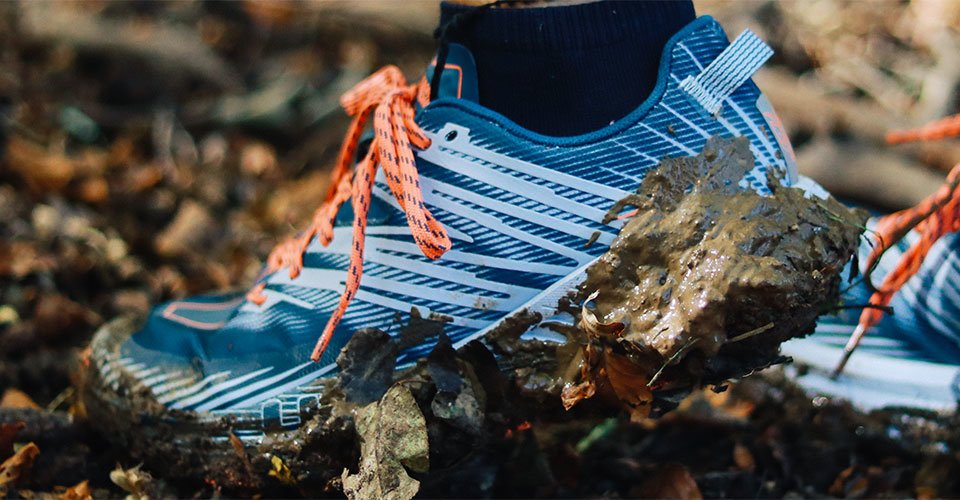
Hand Wash Them
Taking care of your running shoes properly means avoiding harsh cleaning methods that can damage their shape and materials. One common mistake is putting running shoes in the washing machine or tumble dryer, which can cause irreversible changes to their texture and fit.
Why Avoid Machine Washing Running Shoes?
- Shape distortion: The agitation and heat from machines can warp your shoes, making them uncomfortable or even unusable.
- Material damage: High temperatures and harsh detergents can weaken the fabric, glue, and cushioning components.
How to Clean Your Running Shoes by Hand
- Use warm water and mild soap: Mix a small amount of soap with warm water to create a gentle cleaning solution.
- Scrub with a brush: Use an old brush or toothbrush to carefully scrub away mud and dirt, especially on the soles and fabric.
- Wipe with a cloth: For less dirty areas, a damp cloth can be enough to clean the surface without soaking the shoes.
Removing Mud and Dirt After Runs
- Remove mud promptly: It’s important to clean off mud and dirt soon after your run to prevent buildup that can degrade the materials.
- Dry mud removal: For dry mud, clap your shoes together outside to knock off loose dirt, then brush off any remaining particles with a dry brush.
By hand washing your running shoes regularly and gently, you’ll keep them clean without compromising their structure or performance. This simple care routine helps extend the life of your trainers and keeps them looking and feeling fresh.
Dry Them Correctly
Avoid using a tumble dryer to dry your running shoes, as the heat and tumbling action can damage their shape, materials, and glue, potentially causing shrinkage or deformation.
Recommended Drying Method: Newspaper Stuffing
- Use balls of newspaper or kitchen paper: Stuff your shoes with crumpled paper to absorb excess moisture from the inside.
- Helps maintain shape: The paper supports the shoe’s structure, preventing it from collapsing or warping as it dries.
- Replace paper as needed: If the shoes are very wet, change the paper periodically to continue soaking up moisture effectively.
- Dry in a well-ventilated area: Place the shoes indoors away from direct sunlight or heat sources to dry naturally.
Additional Tips for Effective Drying
- Remove insoles and loosen laces: This allows better airflow and speeds up drying.
- Use a fan for faster drying: Position your shoes near a fan or air vent to circulate air and help moisture evaporate more quickly.
- Avoid direct heat: Don’t place shoes on radiators or use hair dryers, as excessive heat can damage the materials.
By following these steps, you’ll dry your running shoes safely and effectively, preserving their fit and longevity without risking damage from heat or improper drying methods.
Always Untie Them
After a long run, it can be tempting to kick off your running shoes without untying them. However, this habit can actually damage your shoes over time.
Why You Should Untie Your Shoes
- Preserves shoe shape: Forcing your foot out of tightly laced shoes can bend and deform the heel counter and upper, leading to a poor fit and reduced support.
- Prevents unnecessary wear: Kicking off shoes can weaken the stitching and materials around the heel and collar, causing them to wear out faster.
- Makes shoes easier to put on next time: Untied and loosened laces make it simpler to slip your shoes on without crushing the heel or overstretching the opening.
How to Care for Laces
- Replace worn laces: If your laces are becoming frayed or weak but the shoes themselves are still in good condition, simply replace the laces instead of buying new shoes.
- Choose quality replacements: Opt for durable, comfortable laces that match the original length and style for the best fit.
By always untying your running shoes before taking them off, you’ll help maintain their shape, comfort, and longevity. And don’t forget - fresh laces can give your favorite pair a new lease of life!
FAQs
You should clean your running shoes regularly, ideally after each run, especially if they’ve been exposed to mud or dirt. A quick brush-off or rinse is usually enough for light dirt, but a thorough clean is recommended after heavy use or exposure to mud to maintain performance and longevity.
It’s best to avoid washing machines, as the agitation and water can damage the materials and adhesives in your running shoes. Hand washing with a soft brush, mild detergent, and lukewarm water is much gentler and helps preserve the shoe’s structure and lifespan.
Remove the insoles and let both the shoes and insoles air dry in a well-ventilated area, away from direct heat or sunlight. Avoid using dryers or radiators, as excessive heat can warp or weaken the materials. Stuffing shoes with newspaper can help absorb moisture more quickly.
To tackle odours, clean the insoles separately with mild soap and water, and let them dry completely before reinserting. You can also use shoe-friendly disinfectants or sprinkle baking soda inside the shoes overnight to absorb lingering smells. Regular airing out helps prevent odour buildup.
Waterproofing is recommended if you often run in wet conditions. Applying a suitable waterproofing spray can help protect the material and keep your feet dry. Always check the manufacturer’s guidelines and use products designed for your shoe’s specific material.
Rotate between two or more pairs if you run frequently, allowing each pair time to dry and recover. Clean your shoes promptly after runs, avoid machine washing, and store them in a cool, dry place. Proper care and maintenance can significantly extend the life of your running shoes.
Remove fresh mud as soon as possible, as it’s easier to clean before it dries. Rinse with lukewarm water and use a soft brush to remove dirt. For dried mud, soak the shoes briefly to loosen debris before cleaning. Always let them air dry thoroughly afterward.
Related Articles


